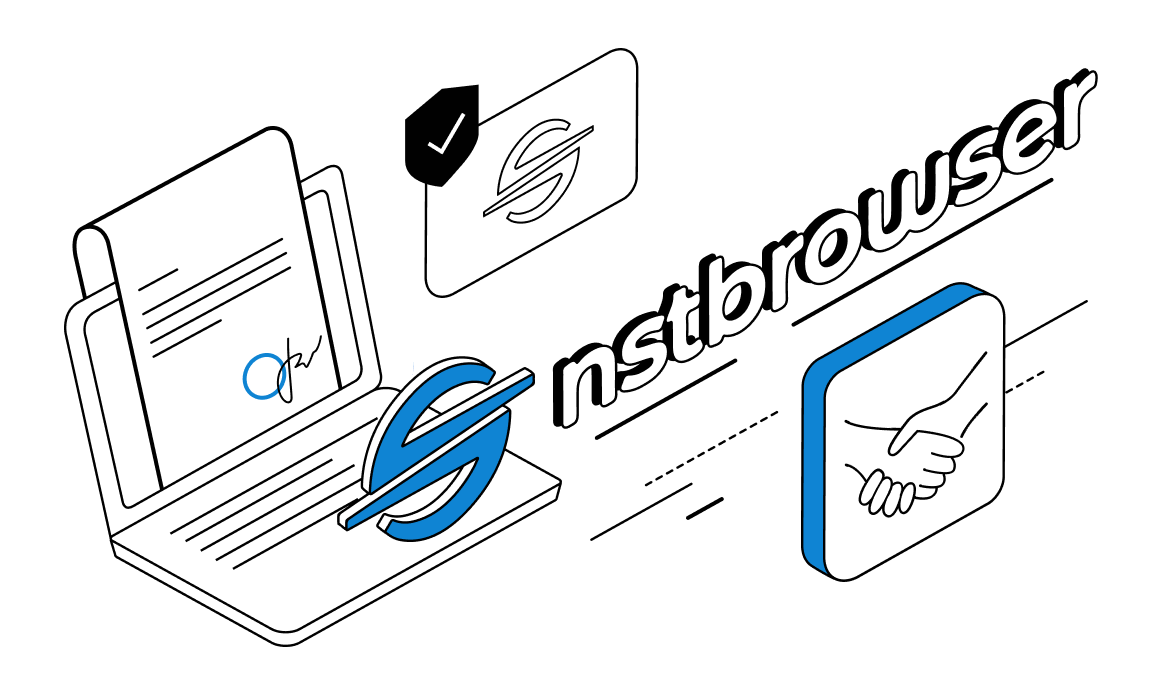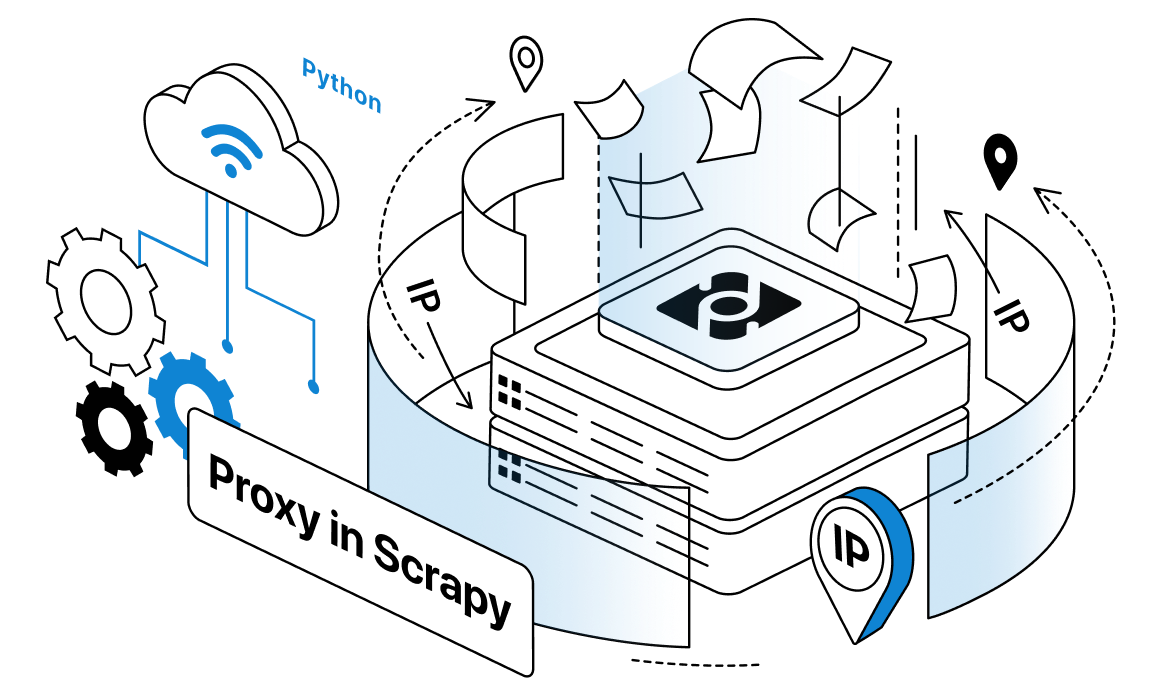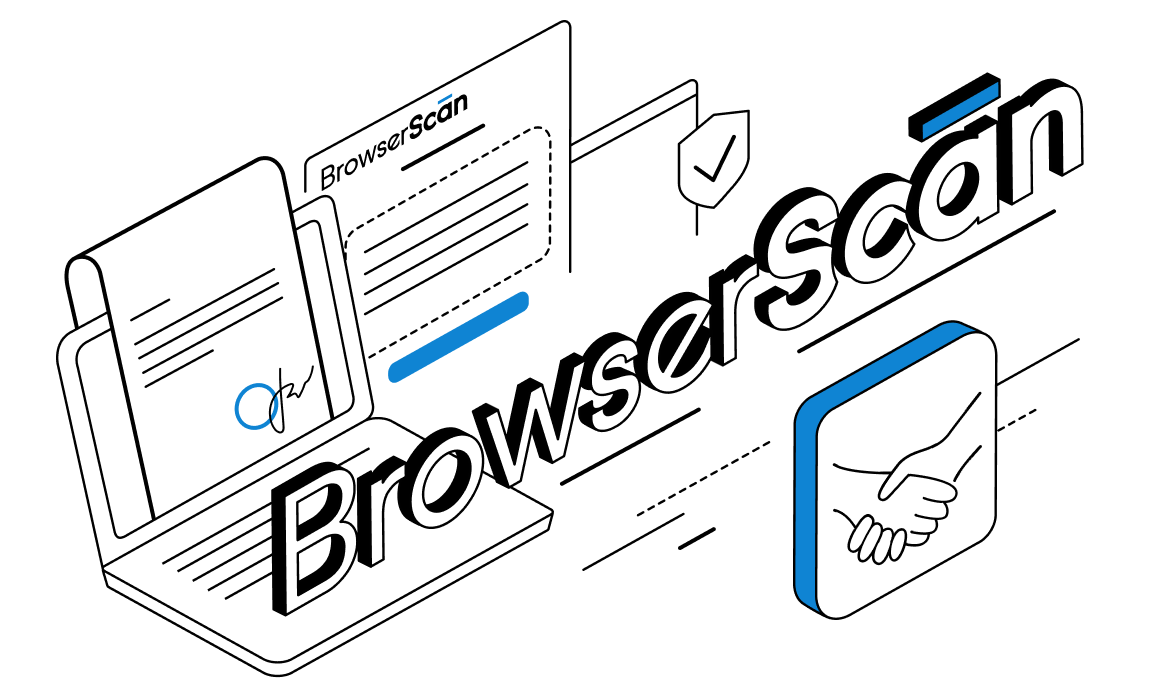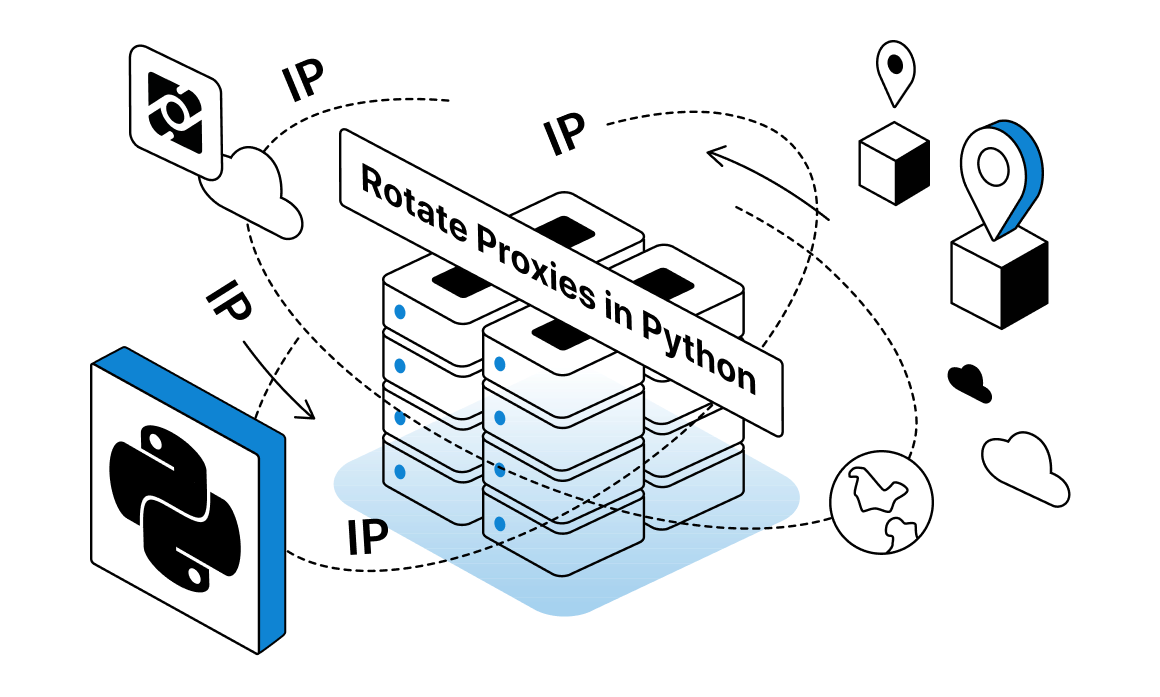At first sight, users, who need to scrape dynamic content data, may face some difficulties. However, modern developer tools help resolve virtually any issue. So, if you think of setting up proxy rotation to crawl dynamic content, Python and Selenium are likely to be among your best friends.
What is a rotating proxy?
A rotating proxy, as the term implies, is a proxy server that alters IP addresses that users send their requests through, either every connection, with the specified frequency or after a certain time interval. This way, it seems that each request is sent by another user. This approach ensures ultimate security and anonymity, and is demanded by those involved in web scraping, ad verification, marketing activities, data mining, or multiple account management.
How to rotate proxy in Python?
Nowadays, Python is often used to create customized solutions for web scraping, including proxy rotation functionality. This is quite understandable: without IP rotation, anti-bot systems of modern websites will easily identify the user who breaks their rules. Thus, proxy rotation is a must if you want to succeed with web scraping.
Happily, many Python libraries, Requests among them, support the IP rotation capability. To implement proxy rotation as part of web scraping, a user needs a list of valid IPs from a reliable source. To make the code sample clear and valid, free proxies are often used as a reference. But in real-life settings, it is highly recommended to use premium proxies provided by a reliable provider — for example, opting for a static ip proxy ensures stability, predictable sessions, and minimal errors during scraping.
- Create a list of valid proxies to rotate for crawling:
- Write a code for the rotating mechanism to choose IPs from the list when requests are sent:
This code is supposed to choose a proxy for scraping requests each time it is called.
- Now, add the capability to handle invalid proxies to complete the scraping code:
How to rotate proxies using selenium
Standard Python-based tools are enough to crawl static web content. However, if you open a website in Canada and in France, in either country, you will see different dynamic content related to geolocation. When scraping search engines specifically, targeting SERP requires specialized google proxies to avoid instant blocks and to deliver localized results reliably
It’s hardly possible to scrape dynamic content with static-content tools, and this is where you can rely on Selenium, a browser automation framework that manages web browsers programmatically. Selenium ensures automation of web page interactions, including scrolling, clicking buttons, or submitting forms. Inter alia, in the headless browser, you can also open URLs to load dynamically generated content.
Prerequisites for using Selenium include installed Chrome and ChromeDriver of the same version.
- Install Selenium using one of the following commands:
- Import Selenium Modules. Necessary modules include ‘webdriver’, ‘Service’ and ‘Options’. You can also import additional modules depending on your preferences.
- Create the WebDriver instance. To do that, state the path to the ChromeDriver executable that will function as a bridge between the scraper script and Chrome.
- Enable headless mode in the WebDriver options. This is useful to improve performance, optimize resources, and automate web scraping tasks by running scripts in the background.
- Load the web page. With the WebDriver’s get() method, go to the web page you need. For this, state the URL as the argument, and Selenium will load the page.
- Extract the page source that contains dynamic content, and use WebDriver’s page_source attribute to store the HTML source code as a string in a variable.
- To massively scrape data, you will need IP rotation. Rotating residential IPs allow Selenium to avoid rate limits and blocks, especially when dealing with dynamic content in different geolocations. For heavy workloads that require constant rotation without traffic limits, unmetered residential proxies are an ideal match. Use the following code to implement it:
The first two lines repeat the actions of importing Webdriver and its modules, just to show the steps merely for proxy rotation.
- You can optionally configure proxy authentication. This is useful even with free proxies, since they can have safety issues, and will be necessary with paid proxies. When your tasks require better compatibility with browser automation and minimized fingerprint leaks, using a private socks5 proxy helps maintain stable sessions and bypass strict filtering systems more reliably. The code looks as follows:
Tips to rotate proxy in selenium
There are some tips that will enhance the results of IP rotation in Selenium:
Choose a proxy provider with the vast pool of proxies. The larger the IP pool is, the easier you can ensure rotation with the parameters you need, and the lower the chance of exceeding rate limits and being banned.
Vary intervals between requests. This will make them look like requests n line with the natural user behavior.
Implement the error-handling functionality. In the course of IP rotation, various errors can arise, including those caused by connection problems, failed proxies, or new website rules. To enable seamless proxy rotation, include an error-free mechanism in your script that will overcome timeouts or connection errors.
Check proxies beforehand. Choose a part of your proxy pool to test proxy rotation before you start your script in real-life scenarios. Use the online environment that simulates the conditions you will launch the script in and make sure it copes with errors and anti-bot measures.
Manage proxy efficiency. To make sure your proxies work fine, track their health regularly. This will help you timely detect any issues, such as proxy failure or slow response time. Besides, keeping an eye on proxy performance gives you an opportunity to promptly shift to highly performance proxies.
Get 20% off the original price with our special coupon!
BCR20
Benefits of rotating proxy in Python/selenium
Obviously, proxy rotation delivers a range of benefits that improve security, anonymity, and the possible scale of web scraping:
Reducing user’s suspicious behavior. When a user sends multiple requests, a website can ban them, treating such actions as suspicious activity. Proxy rotation resolves this issue, as it sends requests from a new IP every time, or changes IP once a certain time interval.
Bypassing trackers. Proxy rotation helps bypass trackers that occasionally threaten user security.
Bypassing anti-bot measures and CAPTCHAs. These are measures that websites employ to struggle with multiple requests sent by one user. Proxy rotation helps eliminate this issue, as it changes IPs according to the set pattern.
Conclusion
For users wondering how to rotate proxy in Selenium Python this concept may seem difficult at first glance. However, once you implement several tried and tested code fragments and follow simple tips that improve rotation efficiency, you come to the conclusion that this is a simple solution that brings your web scraping to quite a new level.
Please read our Documentation if you have questions that are not listed below.
-
Are there any disadvantages in proxy rotation?
The disadvantages users can face include lower speed of the Internet connection and somewhat higher costs.
-
Can you find off-the-shelf solutions that support proxy rotation?
Many proxy providers offer dashboards that support IP rotation.
-
What’s the best proxy type to choose for proxy rotation?
Datacenter proxies would be the best choice for proxy rotation, as they are cheaper than residential ones, but still rather fast and reliable.
-
Do you have to be good at coding to implement proxy rotation in Python / Selenium.
Well you should have some basic coding skills, but there’s no need to be programming genius.
Top 5 posts









Traditionally, users who wanted to bypass geo restrictions or access any blocked content with the help of proxies had to modify settings in the web browser or operating system as a whole. However, now we have more user-friendly tailored options that are easier to customize without affecting the settings of the entire system or other browsers.